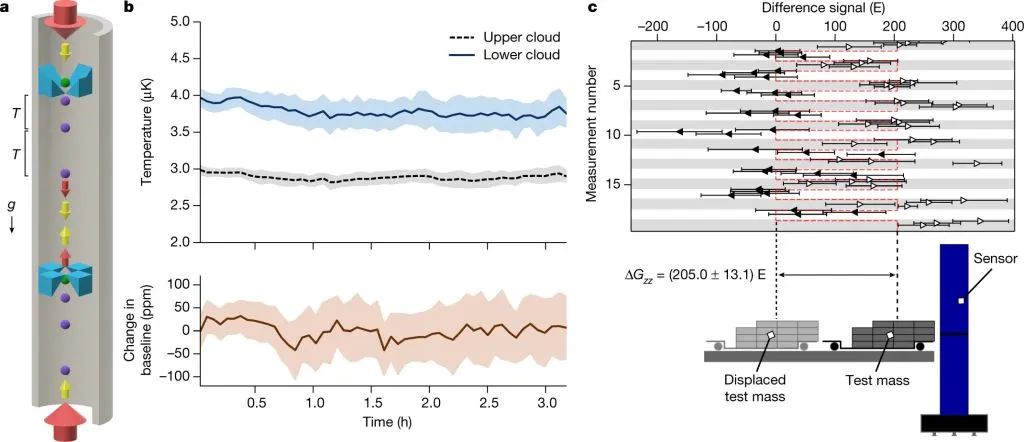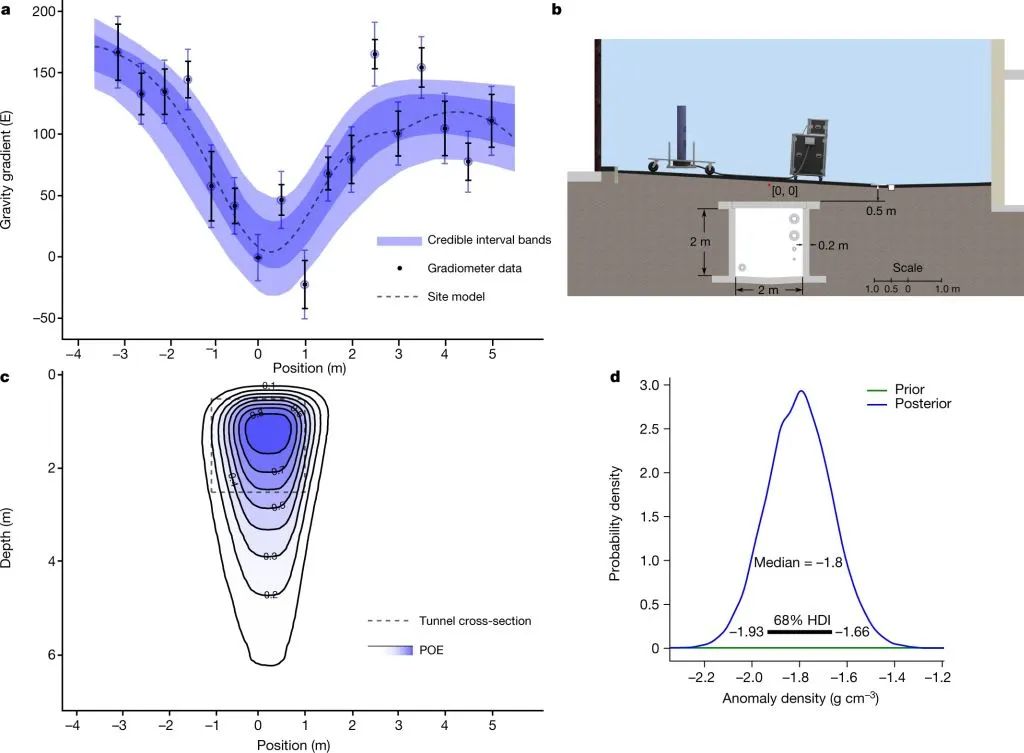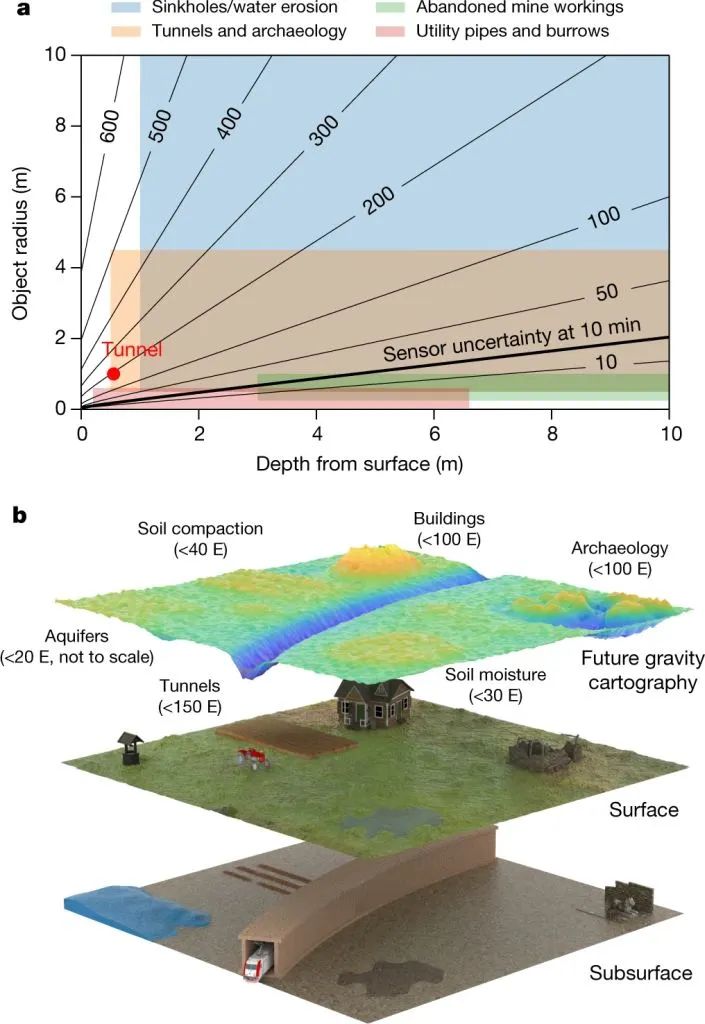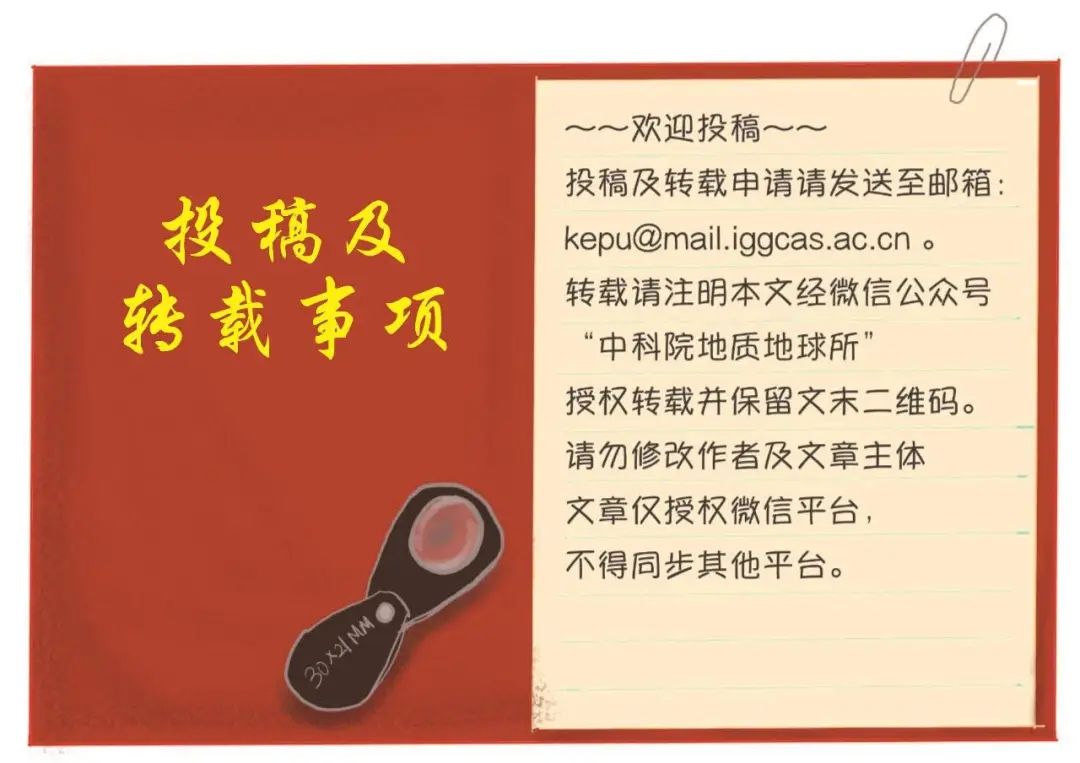Nature: New weapons of detecting underground space -ultra -cold atom gravity gradients based on quantum sensing
Author:Institute of Geological Earth Time:2022.06.19


The vast sky is an area that countless people want to explore. In astronomical observations, by collecting electromagnetic signals and gravity signals (Abbott et al., 2016), we can understand the material composition and star structure in the universe. The current detection distance has already been It reached 1 billion kilometers. Compared with the sky, people's exploration of underground is relatively limited. At present, the deepest underground activity of human beings is Russia's deep oil well in the island of Sakhalin. Many times, we lack enough detailed cognition inside the earth under the earth, even a few meters below the surface. Although there are currently a variety of earth physical detection technologies such as magnetic electrical earthquakes, most of the time, drilling is still the best way to understand the underground tiny characteristics. In recent years, quantum sensors, as a feasible alternative of traditional earth physical sensors, are getting more and more attention with their outstanding detection capabilities.
Stray and others of the University of Birmingham in the United Kingdom have developed a super -cold atom gravity graphics instrument based on quantum sensing. They use atomic interference technology to measure the local gravity acceleration according to how the gravity field affects the free fall. In the conventional device, the light pulse is used to produce, separate, and recombine material waves (each particle can be described as a material wave in physics), so that they interact. Local gravity field. The measurement based on this principle can achieve amazing accuracy, but this type of measurement will be seriously affected by noise. The atomic gravity gradient meter has overcome this defect to a certain extent by measuring the gradient in the gravity field instead of absolute value.
Since more than 30 years ago, Kasevich and Chu (1991) proposed the concept of gravity gradient for the first time. The performance of this instrument has continued to improve with the development of technology. The focus of such research is how to make the instrument portable and reliable, and it is suitable for field measurement (bong et al., 2019; wu et al., 2019). The quantum sensing atom gravity gradients developed by Stray et al. The gravity gravity meal in this research field is a major breakthrough in this research field. They designed a kind of hourglass structure to measure the two ultra -cold atom clouds that are one meter vertical one meter. This configuration provides a solid and compact optical element that can ensure the measurement accuracy within a few months.
This instrument can only detect the distribution position of the empty hole by measuring the small gravity of the underground cave. For more than 10 minutes of measurement, the sensitivity of the instrument can reach 20E (1E 10-9/S2). This sensor took the atomic gradient meter in the direction of actual application. The atomic gravity and gradient instrument have natural long -term stability. Under the environmental effects such as inclined and ground vibration, the measurement sensitivity can be guaranteed without mechanical parts. Therefore, compared to traditional gravity instruments, they have obvious advantages. The results of Stray and others show that such instruments are expected to be miniaturized and portable quickly, and it is easier to get applied in wild measurement.
The quantitative measurement of Stray et al. Show that the uncertainty of using their instruments for measurement is better than the current commercial gravity instrument. More importantly, they point out that this instrument can collect 10 data points in 15 minutes. From this perspective, the research results of the team are expected to greatly change the current research status of application gravity measurement.

Figure 1 Stray et al., 2022. (A) Hourglass -type gravity gradient, which uses two reverse directed single -light beam MOT to achieve gradient measurement through multiple mirror components (blue). The initial atomic cloud (green) is where the local gravity acceleration grates. Atomic interference (purple) occurs after the light pulse of the time T. Cooling beam (red) is deflected by a vacuum mirror (blue) to provide a comprehensive cooling cooling. Each input of the beam is provided with cooling beam to the MOT on the opposite side through the deflection of the mirror component. The atomic interference instrument beam (yellow arrow) has a small beam energy focusing radius, so they can be weakened through the aperture of the mirror component and will not have obvious energy. Each interference instrument here can operate at the same time. The vertical baseline interval is 1 m; (Figure below) (The average value obtained through 50 times, each measurement for 4 seconds, the shadow area is the scope of uncertainty); Sensor (hollow triangle point) or away from the sensor (solid triangle point). Each measurement number represents a specific test position quality. Each data point is weighted by the average value of eight gravity gradients. Each measurement contains 25 observations from the atomic interference instrument, and the interference instrument takes 1.5 s each time. The error range of each data point is the standard error of the eight gravity gradient reading. The test quality block moves about once every 20 minutes, the error is ± 3.5 minutes, and the location can be repetitive to 1 cm.

Figure 2 Stray et al., 2022. (A) Standard error distribution of gravity gradient data (black scattered dot diagram) and total measurement uncertainty (blue scattered dot map), 1 times standard deviation (dark blue shadow), and 2 times the standard deviation of the total measurement of the model (Light blue shadow) The credible range and accuracy of the measurement point (dotted line); The position on the direction is determined by the expected location of the tunnel center; (C) the position of the tunnel position (high line of blue) and accurate tunnel position (dotted line) of the data inferred by the gravity gradient data; The distribution of soil density Figure 3 (a) The equal high -line diagram of the typical gravity gradient and the signal size in various application scenarios, the detected characteristic parameters and the uncertainty changes of the sensor's uncertainty change; Can obtain a gravity distribution map of 0.5 m space resolution in a certain area, and the measurement accuracy can reach 20 E (Stray et al., 2022)

main reference
Stray B, Lamb A, KAUSHIK A, et al. Quantum Sensing for Gravity Cartography [J] .nature, 2022, 602 (7898): 590-594. (Original link)
Abbott B P, Abbott R, Abbott T D, et al. Observation of Gravitational Waves from a binary Black Hle Merger [J] .physical Review Letters, 2016, 116 (6): 061102.
Kasevich M, Chu S. Atomic Interferometry USING Stimulated Raman Transitions [J] .physical Review Letters, 1991, 67 (2): 181.
BONGS K, Holynski M, Vovrosh J, et al. Taking atom interferometric quantum sensors from the laboratory to real-design
Wu X, Pagel Z, Malek B S, et al. Gravity Surveys using a mobile atom interferometer [j] .sclence advances, 2019, 5 (9): EAAX0800.
Beauty editor: Fu Shixu

School pair: Wanpeng
- END -
Dongying City's cure salt -alkali improvement ecological construction high -standard farmland demonstration zone achieved results | Dongying released
Give me a piece of saline -alkali land, and return you a high -yield field. This sentence was the hope and goal of several generations of people to cure saline -alkali improvement of land., Complete
Improve innovation capabilities to achieve technology self -reliance 2022 China Science and Technology Think Tank Forum held

On June 25, the 24th China Science and Technology Association Annual Conference 20...